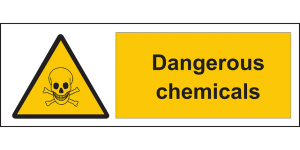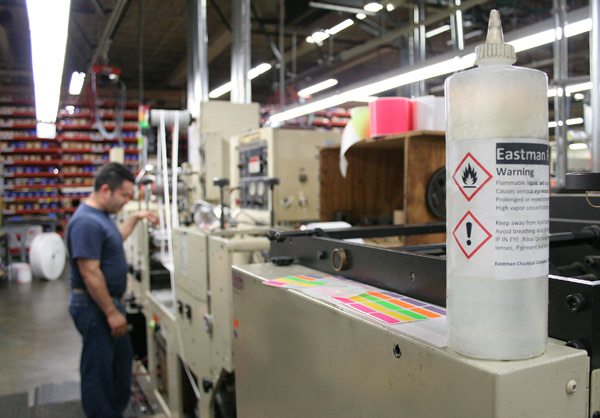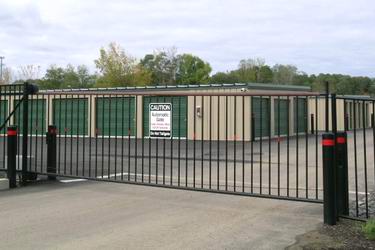Workplace chemicals and the GHS
The GHS comes into force in Australia on 1 Jan 2017……….is your business ready ?
What is the Globally Harmonised System of Classification (GHS)?
- It is a comprehensive system that aims to globally harmonise chemical hazard classification and information
- It classifies a chemical hazard according to its physical, health or environmental impact
- It communicates chemical hazard information through labels and safety data sheets (SDS)
The GHS was developed by the United Nations (UN) as a non-binding framework which member countries could adopt into their chemical management regulations through legislation. The GHS is continually reviewed and updated by a UN expert sub-committee. Australia will be adopting Revision 3 of the GHS and will catch-up with subsequent revisions over time.
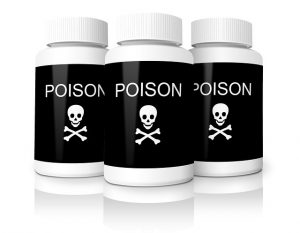
How does the GHS work?
The manufacturer or importer has a duty to determine whether a workplace chemical is hazardous and to correctly classify the chemical. If a chemical meets the criteria of the GHS for one or more classes, it is then classified as a hazardous chemical.
The GHS also involves new mandatory requirements for chemical labels and Safety Data Sheet (SDS) format and content.
What is a Hazardous Chemical?
A hazardous chemical is a chemical that has the potential to harm human health through workplace exposure or to cause damage to people or property.
- Physical hazards eg: flammable liquids and gases, oxidisers, corrosives and explosives.
- Health hazards eg: acute toxicity, carcinogenicity.
- Environmental hazards eg: toxic to aquatic life, damaging to the ozone layer.
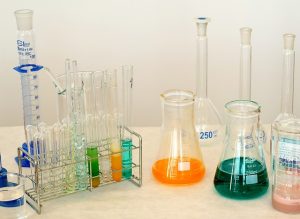
What should business owners (PCBU’s) do to prepare for the GHS?
Well before the compliance date PCBU’s should:
- Identify deadlines – the GHS comes into effect as from 1 January 2017
- Develop an implementation schedule suitable for the needs of the workplace
- Review current holdings for GHS compliant and noncompliant chemical stock
- Allow holdings of GHS non-compliant chemical stock to run down
- Review Safety Data Sheets (SDS) to ensure hazard management practices are in place
- Ensure workers are aware of the new chemical labelling system and SDS
- Review and update existing chemical records and Risk Assessments
- Ensure all new chemical purchases and SDS are GHS compliant.
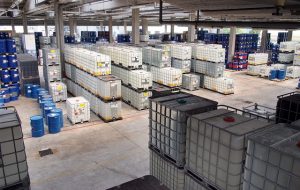
PCBU Duties
All PCBU’s must ensure that a hazardous chemical which is used, handled or stored at the workplace is correctly labelled. If a hazardous chemical is manufactured at the workplace or transferred from its original container the PCBU must ensure the container is correctly labelled. All PCBU’s must obtain the correct SDS for a hazardous chemical. If the SDS is amended, the PCBU must ensure they get a copy of the amended safety data sheet as soon as practicable.
For more information visit: http://www.safeworkaustralia.gov.au/sites/SWA
Safety Makers has a range of chemical management policies, procedures, tools and forms available. Enquiries: info@safetymakers.com.au or visit: http://www.safetymakers.com.au/our-products/
